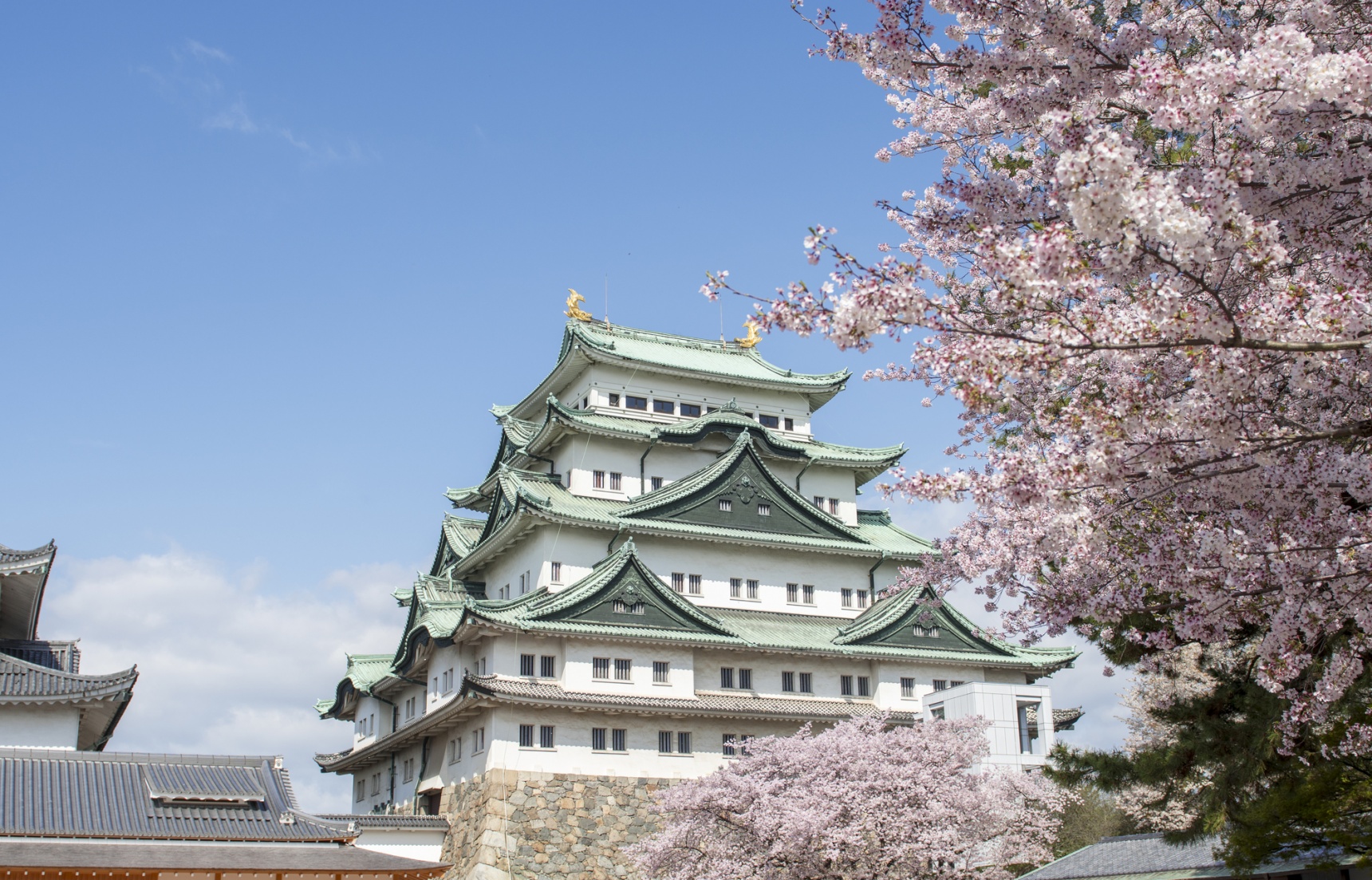11 Photogenic Places in Nagoya

Nagoya is more than just the birthplace of some of Japan's most prolific samurai! Discover some of the most important shrines, magnificent castles, beautiful gardens, and other architectural marvels in this photogenic city! Here are a few places that will look amazing on a postcard, your Instagram page, or even a desktop wallpaper!
By Trip10111. Midland Square
Why visit? - Tallest building in Nagoya - Views of the city’s most prominent landmarks
The tallest building in the city, Midland Square is a must-visit for a gorgeous bird’s eye view of Nagoya. Standing at 247 meters (810 feet) tall next to the Nagoya Station, the building opened in 2007, housing a multitude of shops, designer boutiques, luxury brands, cafes, restaurants and a cinema. The main attraction in the building is the Sky Promenade, an open-air deck which takes up the top 3 stories of Midland Square. From the promenade, you can see the entire city and its prominent landmarks such as the Nagoya Castle, Nagoya Port and the JR Central Towers. For an unforgettable dining experience, there are several excellent restaurants just below the Sky Promenade where you can enjoy the view in comfort!
10. Port of Nagoya Public Aquarium
Why visit? - Photogenic marine animals! - Amazing dolphin show
The Port of Nagoya Public Aquarium was once a garden pier, but today, it is a massive leisure district boasting one of the best dolphin shows in the world! The aquarium features highly photogenic marine mammals, such as dolphins, beluga whales, penguins, orcas, and more! Shows are scheduled regularly, but the most notable ones are the dolphin shows that are scheduled 3 times a day. Another noteworthy attraction is the Antarctic museum that features the Fuji Icebreaker, a Japanese ship that explored the Antarctic Ocean in the 20th century. You can also visit the 53 meters (174 feet) tall observatory at the Nagoya Port Building, or the Nagoya Port Sea Train Land, where you can find the largest Ferris wheel in the Chubu region!
9. Nabana no Sato
Why visit? - One of the largest illumination events in the country! - Impressive flower garden.
Though it is quite a distance from the city, the Nabana no Sato Flower park is definitely well worth the travel. Especially during the winter illumination events from mid-October to early May, the garden is an astonishing sight as it is lit up by 8.5 million LED lights! The attractions include the sea of lights in the field beneath a light show and the dazzling light tunnels. For the best views, head to the Island Fuji, a mobile observation deck where you have the best seats in the house! Even if you missed the winter illuminations, there is still plenty to see at Nabana no Sato! Different flowers are in bloom in different seasons, so each visit will always feel like the first! Nabana no Sato is part of Nagashima Resort, an amusement park. Please find more information in the website link below.
8. Arimatsu
Why visit? - Travel back in time to the Edo Period. - Visit the birthplace of Shibori, an ancient tie-dyeing technique.
Travel back in time at the town of Arimatsu, located southeast of Nagoya! Here in this ancient village that was lucky enough to avoid significant damage during the Second World War, you can walk down the charming old streets and admire traditional wooden houses reminiscent of the Edo Period! The village is famous for Shibori, a technique involving the tie-dying of fabrics. To admire the fabrics and its intricacy, visit the Arimatsu Narumi Shibori Kaikan museum! Also, if you are lucky enough, you can catch Arimatsu’s colourful festival that occurs on the first Sunday of October, when the streets are alive with parades, floats, and dancers in traditional costumes! Even if you miss it, you can still view the beautiful floats at the Arimatsu Festival Float Museum!
7. Tokugawa Garden
Why visit? - Scenic landscape garden! - Visit the garden and the Tokugawa Art Museum in a day.
Named after the noble family, the Tokugawa Garden is a gorgeous Japanese garden with vast networks of walking trails. The garden is actually a restored version, as the original garden was destroyed during the war. The Kuro-mon (Black gate) was the only thing that remained standing after the war, and is over 100 years old! At the garden’s center is the Ryusenko Lake, which features rock formations, grand waterfalls, traditional wooden bridges, a restaurant, a tea house and dozens of peonies and irises! You can visit the garden alone, or purchase a combined ticket to the art museum also!
Tip: come during the spring season from April to June to see the peonies and irises in full bloom, or during the autumn season in November for the best views!
For the rest of the list, read the full article from our friends at Trip101 via the link below!



